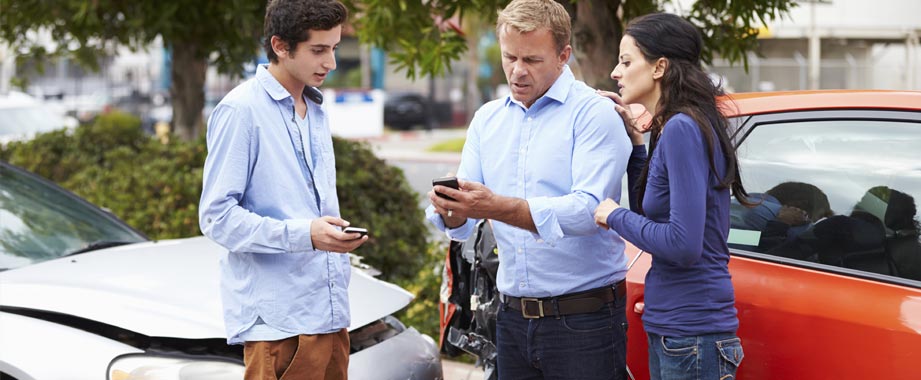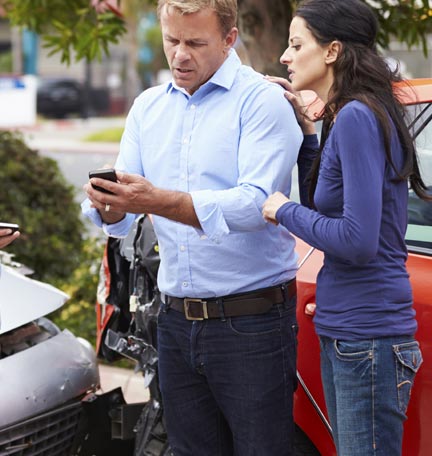When you are purchasing insurance coverage for your car, the options can seem overwhelming. Depending on your state, your choices can include collision and comprehensive coverage, several types of liability coverage, riders that cover custom parts or rental reimbursement, and more. To determine what type of insurance is best for you, familiarize yourself with the available options.
Collision and Comprehensive Insurance Coverage
Collision coverage usually pays for damage to your car caused by an accident involving another vehicle or standing object, such as a light pole or mailbox. If the other driver is at fault and his or her insurance company is slow to pay for repairs, your collision coverage insurer can pick up the bill and then work out reimbursement with the other insurance company. Collision can also cover damage caused by hit-and-run accidents.
“Acts of nature, such as hail damage or hitting a deer or other animal, are not usually included in collision coverage,” says David Wilson, Personal Lines Practice Leader for Regions. “For that you need to consider comprehensive coverage, which can cover damage caused by vandalism, theft, natural disasters, fire, or riots.”
Liability Insurance Coverage
Liability coverage can help pay for damage caused to another vehicle or property and bodily injury caused to another driver or other individual. Without adequate liability coverage, for example, you could be responsible for the entire expense of replacing that mailbox you ran over or paying the other driver’s medical bills related to injuries caused by a collision where you were at fault.
“When determining liability coverage amounts needed, think about all of your assets, specifically your liquid assets, as well as your future earnings,” says Wilson. Depending on your state, some or all of these assets may be at risk if you are at fault for an accident and severely injure someone. In some states, liens can be placed on your home to satisfy a personal injury or property claim.
Some states require motor vehicle owners to carry liability insurance. Check with your state’s Department of Motor Vehicles to find out if you need coverage.
Uninsured Motorist Insurance Coverage
An estimated one in eight drivers in the United States is uninsured, according to the Insurance Research Council. Because of this, many states require car owners to carry a mandatory minimum amount of uninsured motorist protection. If you do not have uninsured motorist coverage and you have a collision with a motorist who is either uninsured or does not have adequate insurance, you may be without sufficient coverage for damages and injuries caused to yourself and passengers in your car.
Additional Riders for Your Auto Insurance Policy
Many insurance companies offer policies that cover the costs of custom parts that you’ve added to your car, as well as loan or lease payoff agreements if your car is totaled while you're still making payments. Roadside assistance and rental reimbursement are other additions you might consider.
When to Review Your Auto Insurance Policy
Meet with an insurance professional at least once a year to discuss your coverage and deductible amounts so that you can determine if your needs are still being met. For example:
- As your car depreciates and you pay off your loan, it may be more cost effective to reduce your collision insurance.
- As you build wealth, you might decide to increase your liability coverage amounts to protect your additional assets.
- If your teenager is getting behind the wheel, consider increasing your coverage, as new drivers may add to your risk.
The type of coverage available, the amount of coverage you need, and the cost of coverage will depend on many factors, including the state in which you live and your individual needs. While increasing your coverage will likely increase your monthly costs, the additional protection you gain can far outweigh the costs.




